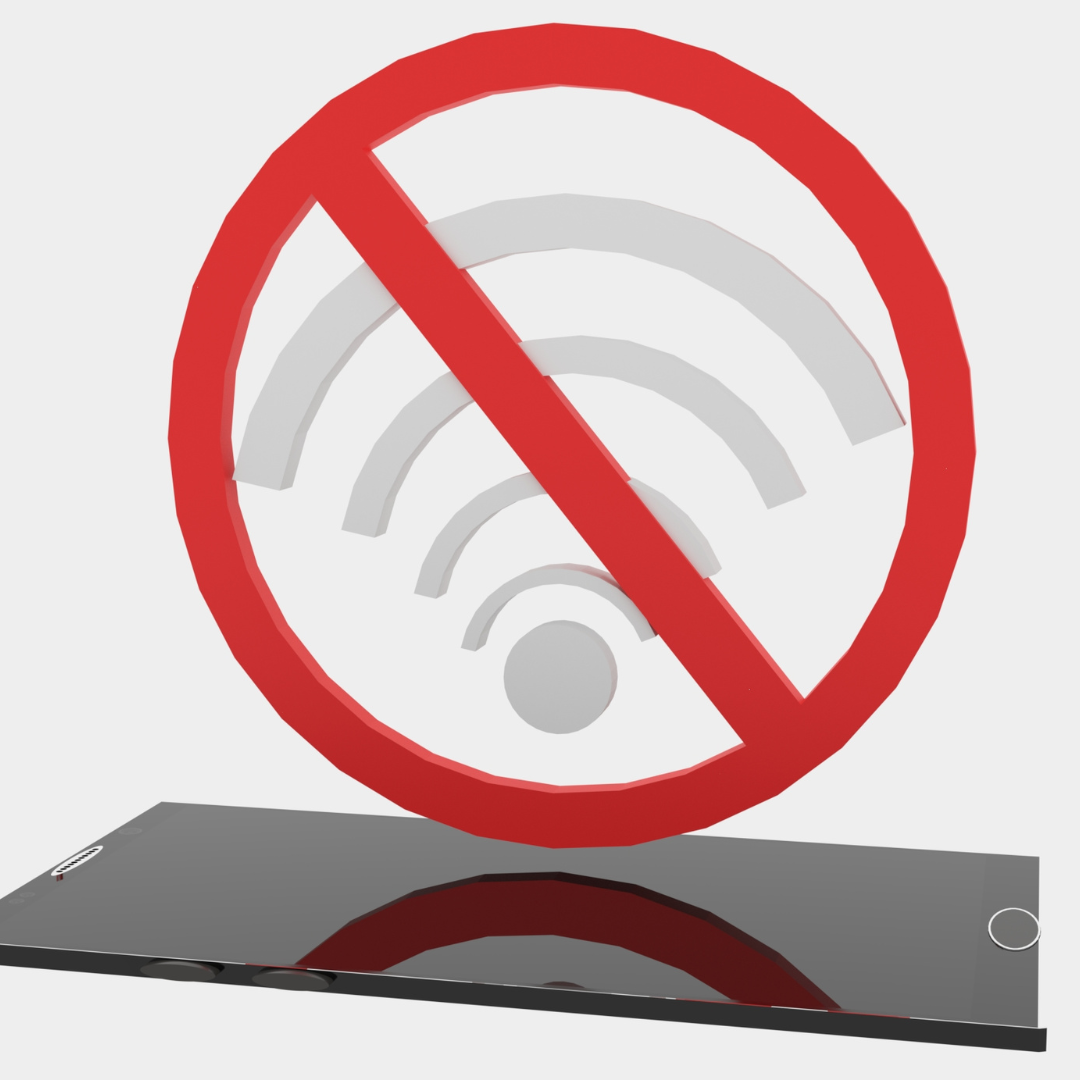

Technology is no doubt a part of our daily grind. We can’t imagine our lives without it. From adults to toddlers, technology is within everyone’s reach. However, did you know that excessive use of tech gadgets can pose serious health risks to children?
Electromagnetic field (EMF) exposure or electrosmog is the major concern of health professionals. Long exposure to EMF can lead to EMF sensitivity, which can cause restlessness, anxiety, and sleeping disorders.
In this guide to children and EMFs, we discuss the implications of EMF exposure on children and how we can reduce the impact of harmful radiation on our youngest tech users.

Children are spending more time using electronic devices than ever. According to an American Academy of Child and Adolescent Psychiatry survey, an average kid between the ages of 8 and 12 spends about six hours per day consuming digital media.
Whether it is a smartphone, tablet, laptop, or video game console, all of these emit electromagnetic radiation to communicate with their immediate surroundings. It is essential to understand that EMF exposure from these devices can be hazardous to children’s health. For instance, long-term exposure to these radiations can lead to anxiety, depression, sleep problems, and headaches.
Pediatricians usually hesitate to give children X-rays unless it’s absolutely necessary. Why? X-rays emit ionizing radiation, which can be a risk factor for cancer, according to the American Cancer Society. There are three primary reasons children should avoid radiation more so than adults:
X-rays are considered ionizing radiation (high-level radiation), and everyday gadgets and appliances such as computers and cellphones use non-ionizing radiation (low-level radiation). Although the radiation from everyday electronic devices is lower than that of X-rays, there are still risks for children’s health.
Studies are still ongoing to determine if non-ionizing radiation has negative effects on pregnancy. The current consensus is that there isn’t a link to EMFs and birth defects, however, but studies are still investigating the topic. There have already been a few studies to suggest the danger of EMFs for a fetus:
Since research continues on this subject, it’s better to follow general safety guidelines for EMF exposure — especially during pregnancy. You can try to use mobile phones with a hands-free device or avoid unnecessary use of appliances that emit high levels of EMFs.
If you live or work in an environment where you might be exposed to higher levels of EMFs, you should consult with your doctor about additional precautionary procedures during your pregnancy.


It’s important to differentiate between everyday EMF exposure and high-intensity EMF exposures, which can have thermal effects and are used in certain medical procedures. For example, the use of radiofrequency energy in magnetic resonance imaging (MRI) is regulated to ensure it does not raise body temperature to levels that could be harmful during pregnancy. However, these uses are medical and controlled, and not part of routine EMF exposure. Don’t be afraid to ask questions concerning EMFs and your medical care during your pregnancy, as you can never be too careful.
Just like with the effects of EMFs on pregnancy, research on babies’ sensitivity to Wi-Fi is still ongoing. The WHO officially states there are no health effects from exposure to radiofrequency fields from base stations and wireless networks, but the organization is still asking for research to dig deeper.
If you’re concerned about your little one being close to Wi-Fi, you can take some precautions:


EMF sensitivity is an actual health condition that can develop over time. Often referred to as electrohypersensitivity (EHS), it can lead to severe health issues such as high blood pressure, infertility, and an increased risk of cancer.
Children can fall susceptible to EMF sensitivity due to the constant radiation exposure in their developing years. Symptoms may not appear immediately after exposure, but over time, they can take a toll on the young one’s health. Common symptoms include:
Determining if a child has EMF sensitivity can be quite challenging, mainly because it’s not officially recognized by most of the medical community. Here are some steps you can take if you suspect that your child might be sensitive to EMFs:
Keep a detailed diary of your child’s symptoms, noting when they occur, their duration, and their severity. Try to record any possible EMF exposure incidents that correlate with these symptoms. This can include times when your child is near common sources of EMFs, such as Wi-Fi routers, cell phones, or other electronic devices.
The symptoms of EMF sensitivity vary widely but can include headaches, fatigue, dizziness, sleep disturbances, skin irritations, and concentration difficulties. Reviewing these symptoms carefully can help determine if they consistently correlate with EMF exposure.
Consult with your child’s pediatrician or a healthcare professional to discuss your concerns and the symptom diary. Since the symptoms of EMF sensitivity can mimic those of other health issues, it is important to rule out other potential causes. A healthcare provider may perform tests to exclude other conditions like allergies, neurological disorders, or nutritional deficiencies.


Consider having an environmental assessment to measure EMF levels in your home, especially in areas where your child spends a lot of time. This can help identify any unusually high exposure areas. EMF meters are available for consumer use and can measure fields from various sources.
Try reducing your child’s exposure to EMFs. This can include:
Monitor whether these changes lead to an improvement in symptoms.
If you’re still concerned after trying these steps, you might consider consulting with a specialist who has experience with environmental health concerns or a clinical ecologist.
It’s important to approach this issue with an open yet critical mindset, recognizing that many factors could be causing or contributing to the symptoms.
Parents can take control of their children’s exposure to EMF radiation by reducing their screen time. They can also teach their children how to use gadgets safely to reduce the impact of harmful radiation on their health. Parental controls on phones and tablets also allow parents to limit the child’s access to connected devices during bedtime hours.
One way to reduce EMF exposure is to neutralize the EMFs with quantum energy. Leela Quantum Tech’s products are third-party tested and have been found to neutralize electrosmog effectively. For example, the Travel Bloc, which is the smallest among Leela’s Blocs but a strong one, creates an energetic environment where children can thrive by reducing stress and improving their overall well-being. When children are surrounded by calmness, their ideas can flow freely.
In addition to neutralizing electrosmog, parents can take other steps to reduce their children’s exposure to EMFs. One simple step is to limit screen time. The American Academy of Pediatrics recommends that children aged 2 to 5 have no more than one hour of screen time per day, while children aged 6 and older should have no more than two hours per day.

Technology is here to stay, but that doesn’t mean we need to expose our youngest children to harmful radiation. By reducing and regulating our children’s screen time exposure, we can safeguard our children from the adverse effects of EMF radiation.
Parents can also create EMF free zones and ensure that the general public is educated on the dangers of EMF radiation. Besides minimizing EMF exposure, we can use wired devices to prevent radiation emissions — a positive step towards creating a healthy and safe environment for our children.
Share